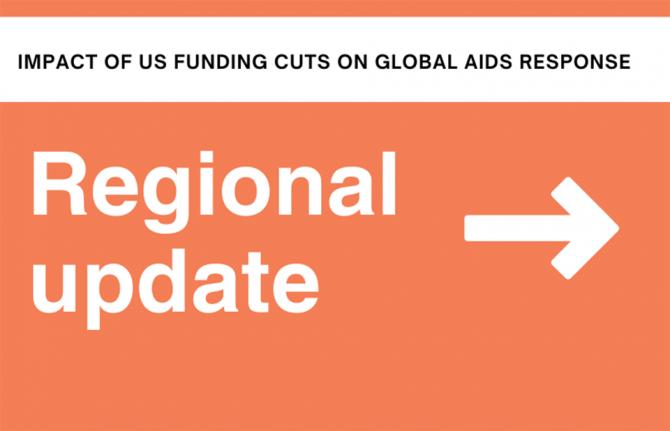
Feature Story
World Bank: Greatly intensified HIV prevention in Africa vital to managing long-term financial impact of AIDS
17 April 2012
17 April 2012 17 April 2012A version of this story was first published at www.worldbank.org

A new World Bank report draws attention to the escalating cost of HIV treatment and the profound effect this is having on already stretched public finances.
Without a dramatic reduction in HIV infections in Africa existing national AIDS treatment programmes could become unsustainable in the future, warns a new World Bank Report. African governments, development partners and donors are urged to strenuously intensify their HIV prevention efforts to stop this becoming a reality.
The Fiscal Dimension of HIV/AIDS in Botswana, South Africa, Swaziland, and Uganda notes the considerable gains in the world’s AIDS response, with six million people now receiving antiretroviral therapy (some 5.1 million in Africa) and the significant increase in global AIDS spending, rising from under US$300 million in 1996 to nearly US$16 billion in 2009. However, the report also draws urgent attention to the escalating cost of HIV treatment and the profound effect this is having on already stretched public finances.
According to the co-author of the report Elizabeth Lule, "Strategic investments in preventing new HIV infections—while also meeting current treatment, care and support needs—can help countries plan for what will otherwise be an unmanageable fiscal burden."
Such strategic investments are critical in an era of global economic uncertainty. Curbing new HIV infections and improving fiscal planning can lead to a considerable drop in the financial commitment needed to fund an effective national AIDS response.
In Botswana—which has an HIV prevalence of some 25%—the report projects that the fiscal costs of AIDS will peak at 3.5% of Gross Domestic Product (GDP) around 2016, slowly falling to 3.3% of GDP by 2030 if new infections decline. However, with mining revenues slowing down relative to GDP, the costs of the epidemic could rise to over 12% of government revenues by 2021, presenting a huge fiscal challenge.
In South Africa, the epidemic has significant implications for public finance and the government's ability to achieve other key social and health policy objectives. An important aspect of the fiscal dimension of HIV in South Africa is the impact on social expenditures.
Strategic investments in preventing new HIV infections—while also meeting current treatment, care and support needs—can help countries plan for what will otherwise be an unmanageable fiscal burden
Elizabeth Lule, report co-author
"By scaling up HIV prevention programmes, South Africa stands to save (US$2,500) per infection," said Ruth Kagia, World Bank Country Director for Botswana, South Africa and Swaziland. "Investing in collecting data on the drivers of the epidemic is key to making the national AIDS response more effective and achieving better health and social outcomes for people."
For Swaziland, HIV has more serious fiscal repercussions given declining government revenues and the macroeconomic situation. With the highest HIV prevalence in the world at an estimated 26%, Swaziland has contributed 60% of the costs of the epidemic from its domestic resources over the past few years. However, costs of the AIDS programme are rising and projected to increase to 7.3% of GDP by 2020. External financing will need to increase substantially to meet the country’s financing gap.
In Uganda, the costs of the national response are estimated to rise to over 3% of GDP. Costs incurred by a single infection are estimated at about 12 times GDP per capita (US$5,900) per new infection as of 2010.
"Frequently, it is not countries with the highest HIV prevalence that face the heaviest burden in financing their HIV programmes, but low-income countries where each infection costs several times more than GDP per capita, and domestic resources are fewer," said Markus Haacker, a co-author of the report.
The report argues that countries can manage both HIV treatment and fiscal sustainability by marrying treatment with HIV prevention and making existing programmes more cost-effective, improving resource allocation and efficiency and examining innovative funding mechanisms.



